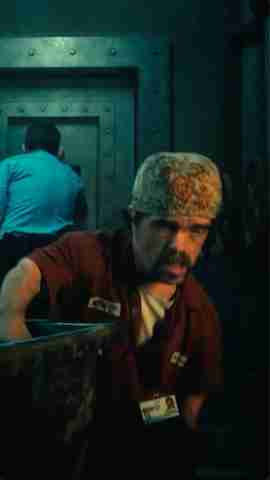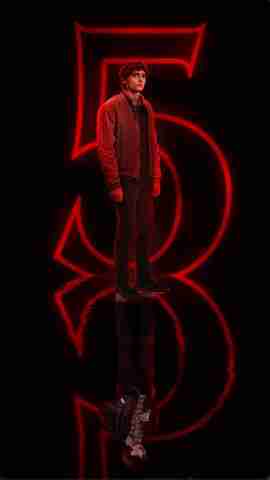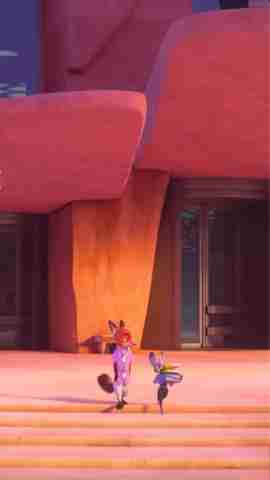Season 2 Episodes
1. When Pi is Not 3.14
You’ve always been told that pi is 3.14. This is true, but this number is based on how we measure distance. Find out what happens to pi when we change the way we measure distance.
2. Can a Chess Piece Explain Markov Chains?
In this episode probability mathematics and chess collide. What is the average number of steps it would take before a randomly moving knight returned to its starting square?
3. Singularities Explained
Mathematician Kelsey Houston-Edwards explains exactly what singularities are and how they exist right under our noses.
4. Kill the Mathematical Hydra
Mathematician Kelsey Houston-Edwards explains how to defeat a seemingly undefeatable monster using a rather unexpected mathematical proof. In this episode you’ll see mathematician vs monster, thought vs ferocity, cardinal vs ordinal. You won’t want to miss it.
5. How Infinity Explains the Finite
Peano arithmetic proves many theories in mathematics but does have its limits. In order to prove certain things you have to step beyond these axioms. Sometimes you need infinity.
6. The Mathematics of Quantum Computers
What is the math behind quantum computers? And why are quantum computers so amazing? Find out on this episode of Infinite Series.
7. Splitting Rent with Triangles
You can find out how to fairly divide rent between three different people even when you don’t know the third person’s preferences! Find out how with Sperner’s Lemma.
8. Infinite Chess
How long will it take to win a game of chess on an infinite chessboard?
9. 5 Unusual Proofs
10. Proving Pick's Theorem
11. What is a Random Walk?
12. Solving the Wolverine Problem with Graph Coloring
13. Can We Combine pi & e to Make a Rational Number?
14. How to Break Cryptography
15. Hacking at Quantum Speed with Shor's Algorithm
Classical computers struggle to crack modern encryption. But quantum computers using Shor’s Algorithm make short work of RSA cryptography. Find out how.
16. Building an Infinite Bridge
Using the harmonic series we can build an infinitely long bridge. It takes a very long time though. A faster method was discovered in 2009.
17. Topology Riddles
Can you turn your pants inside out without taking your feet off the ground?
18. The Devil's Staircase
Find out why Cantor’s Function is nicknamed the Devil’s Staircase.
19. Dissecting Hypercubes with Pascal's Triangle
20. Pantographs and the Geometry of Complex Functions
21. Voting Systems and the Condorcet Paradox
What is the best voting system? Voting seems relatively straightforward, yet four of the most widely used voting systems can produce four completely different winners.
22. Arrow's Impossibility Theorem
The bizarre Arrow’s Impossibility Theorem, or Arrow’s Paradox, shows a counterintuitive relationship between fair voting procedures and dictatorships.
23. Network Mathematics and Rival Factions
The theory of social networks allows us to mathematically model and analyze the relationships between governments, organizations and even the rival factions warring on Game of Thrones.
24. Making Probability Mathematical
What happened when a gambler asked for help from a mathematician? The formal study of Probability
25. Why Computers are Bad at Algebra
The answer lies in the weirdness of floating-point numbers and the computer's perception of a number line.
26. The Honeycombs of 4-Dimensional Bees ft. Joe Hanson
Why is there a hexagonal structure in honeycombs? Why not squares? Or asymmetrical blobby shapes? In 36 B.C., the Roman scholar Marcus Terentius Varro wrote about two of the leading theories of the day. First: bees have six legs, so they must obviously prefer six-sided shapes. But that charming piece of numerology did not fool the geometers of day. They provided a second theory: Hexagons are the most efficient shape. Bees use wax to build the honeycombs -- and producing that wax expends bee energy. The ideal honeycomb structure is one that minimizes the amount of wax needed, while maximizing storage -- and the hexagonal structure does this best.
27. Stochastic Supertasks
What happens when you try to empty an urn full of infinite balls? It turns out that whether the vase is empty or full at the end of an infinite amount of time depends on what order you try to empty it in. Check out what happens when randomness and the Ross-Littlewood Paradox collide.















